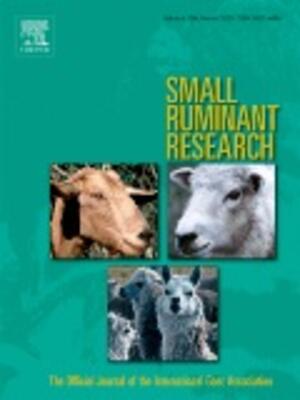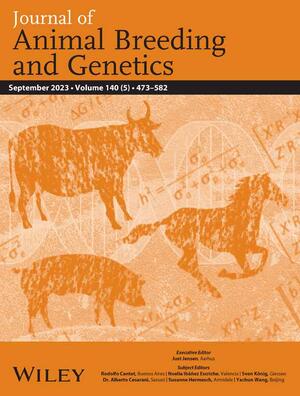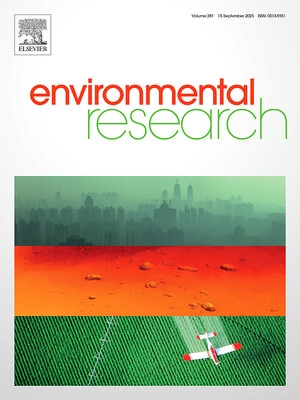
Spatial, seasonal and climatic predictive models of Rift Valley fever disease across Africa
Abstract
Understanding the emergence and subsequent spread of human infectious diseases is a critical global challenge, especially for high-impact zoonotic and vector-borne diseases. Global climate and land-use change are likely to alter host and vector distributions, but understanding the impact of these changes on the burden of infectious diseases is difficult. Here, we use a Bayesian spatial model to investigate environmental drivers of one of the most important diseases in Africa, Rift Valley fever (RVF). The model uses a hierarchical approach to determine how environmental drivers vary both spatially and seasonally, and incorporates the effects of key climatic oscillations, to produce a continental risk map of RVF in livestock (as a proxy for human RVF risk). We find RVF risk has a distinct seasonal spatial pattern influenced by climatic variation, with the majority of cases occurring in South Africa and Kenya in the first half of an El Nin˜ o year. Irrigation, rainfall and human population density were the main drivers of RVF cases, independent of seasonal, climatic or spatial variation. By accounting more subtly for the patterns in RVF data, we better determine the importance of underlying environmental drivers, and also make spaceand time-sensitive predictions to better direct future surveillance resources. This article is part of the themed issue ‘One Health for a changing world: zoonoses, ecosystems and human well-being’.
Citation
Redding, D., Tiedt, S., Lo Iacono, G., Bett, B. and Jones, K. 2017. Spatial, seasonal and climatic predictive models of Rift Valley fever disease across Africa. Philosophical Transactions of The Royal Society B. Special issue on 'One Health for a changing world: zoonoses, ecosystems and human well-being'. Philosophical Transactions of the Royal Society B 372(1725): 20160165.









